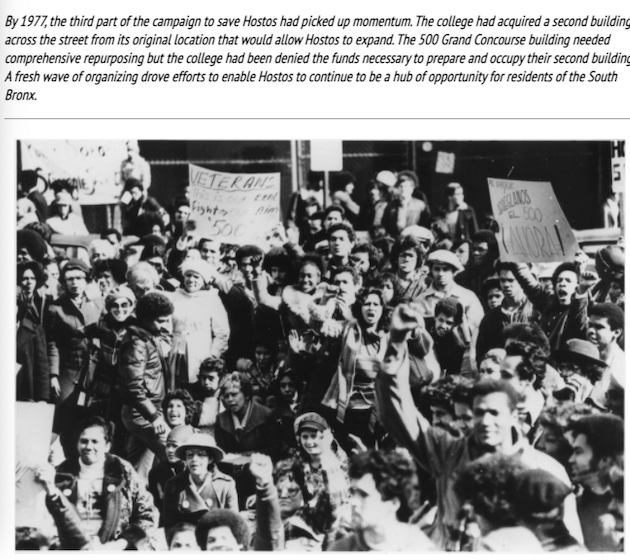The recent skyrocketing of LatinX students within academia has led to the investment in more culturally inclusive pedagogy. Many institutions of higher learning (IHL) have also begun recruiting prospective low-income Hispanic students in order to apply for the designation of Hispanic Serving Institution (HSI) and all of the funding opportunities associated with it. This not only opens an institution up to funding opportunities, but to their donors way of thinking and framing of success. Lumina Podcast–“Living up to the Designation” described the DOE’s vision for HSI’s in terms of evidence-based practices and other empirical goals. I’m cautious of the term “evidence-based” within learning due to its association with more western experimental based science and traditional students. As Rivera and Nadal mentioned past researchers having overlooked and harmed marginalized groups such as LGBTQ communities by pathologizing sexual orientation and gender identities. This leads me to ask myself, how useful is it to judge an HSI program based on traditional forms of student success (i.e. graduation, persistence, etc.)?
Like many at my college, I was oblivious of our very own HSI designation until a program manager came directly into my office asking for help with recruitment efforts. Since this particular program is funded by an HSI- STEM grant there are very specific requirements for accessing tutoring services, which can be viewed as exclusionary to other marginalized student groups. This may further explain Garcia & Dwyer’s description of how some students find the HSI term exclusionary. Until now, I’ve never put much thought into how exactly do I as a staff member create a sense of belonging for Hispanic and other student groups within my own department?
After searching the CUNY Digital History Archive , I came across the below picture of a student sit-down at Hostos for increased campus funding. The caption stated that the student veterans club was a central component to the Hostos Unidos movement and leadership that fought to establish their second ever campus building. Regardless of funding this is the type of Hispanic student veteran resiliency that I choose to celebrate within my own office:





Dennis,
A recent issue of the Clarion advised that we all keep an eye on how our campuses are spending CARES Act money. This chart is interesting because we can see that there is targeted HSI money, and in fact HSI money represents a significant chunk of the CARES money that the campuses have actually spent (as opposed to hoarding it). The graphic is fuzzy, but you can see HSI money in the third column from the right. Interesting.
https://www.psc-cuny.org/clarion/april-2021/cares-act-money-cuny
Matt
Thank you for this reflection, Dennis. I love that you’re in a position to put some of these ideas directly into practice.